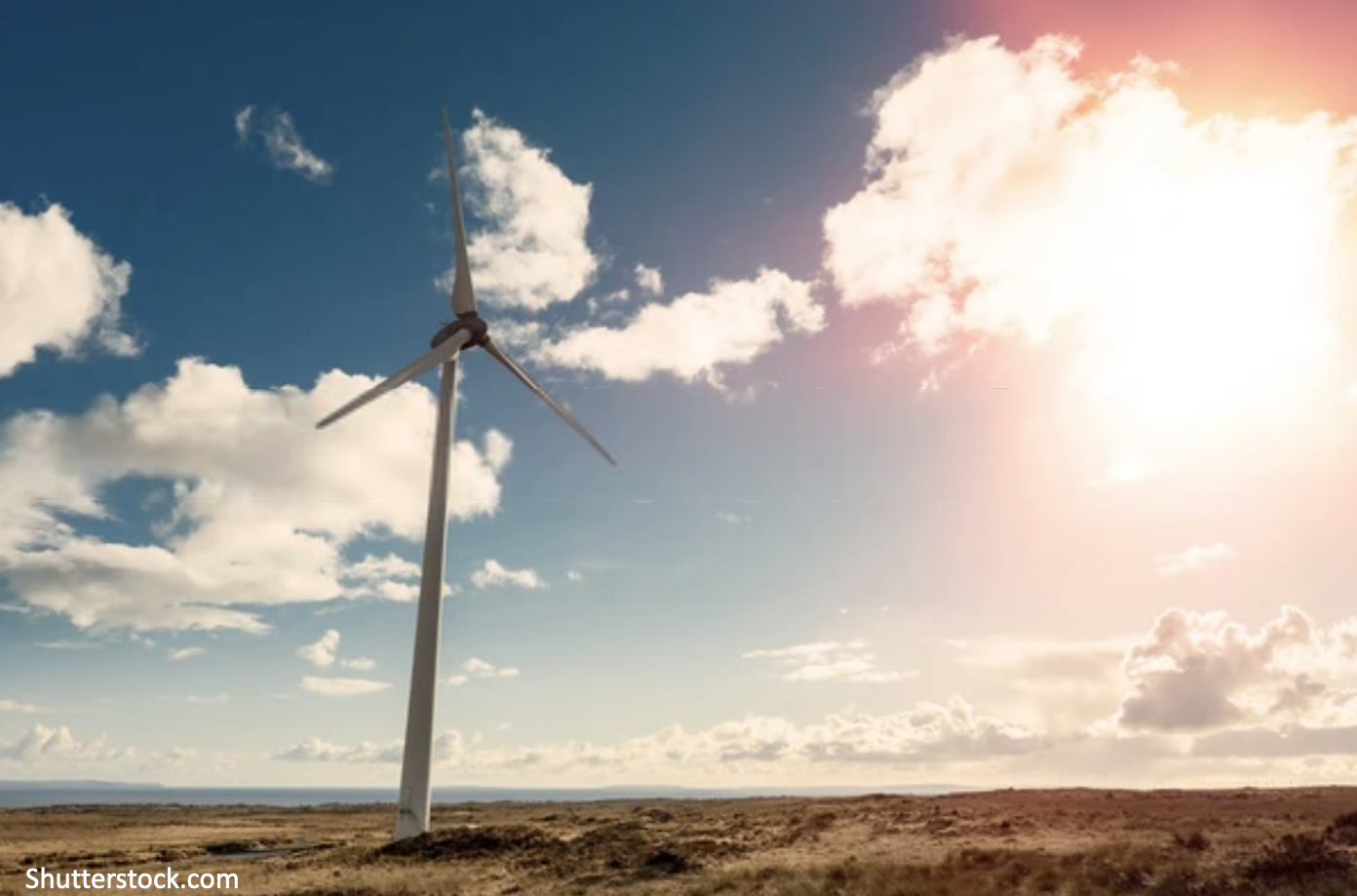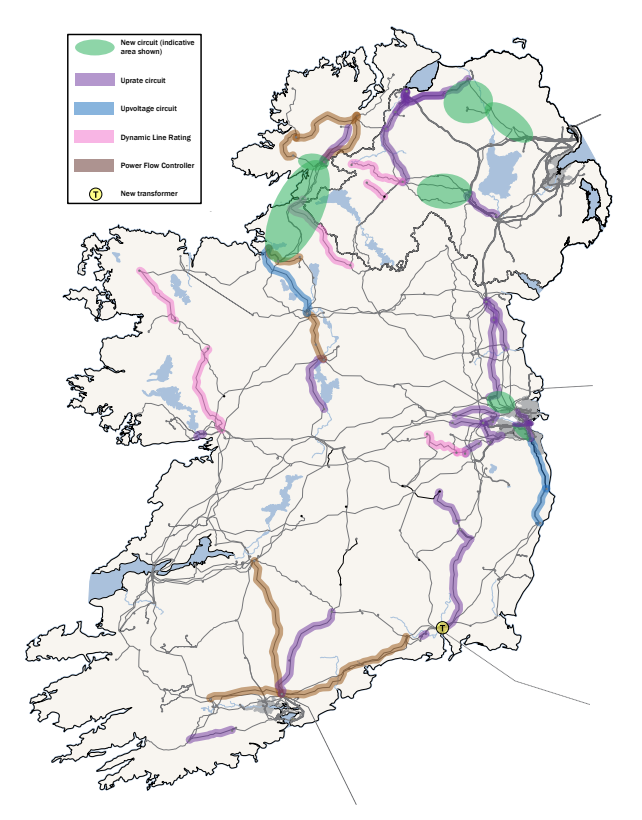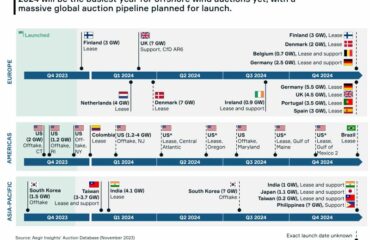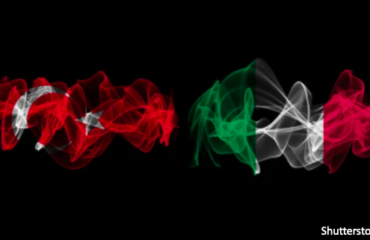
Ireland’s Energy Roadmap: Charting a Course for a Renewable Future
Ireland has set an ambitious goal: to generate 70% of its electricity from renewable sources by 2030. This aligns with the objectives outlined in the Government’s Climate Action Plan (2019). Achieving this target will require a significant transformation of the Irish energy landscape.
The Challenge: Integrating More Renewables
The roadmap necessitates a massive increase in clean energy sources. Estimates suggest at least 10 GW of new renewable energy projects will be needed, with a strong focus on:
- Solar and Wind Power: These weather-dependent renewables will play a crucial role in achieving the 70% target. However, their intermittent nature presents a challenge for grid integration.
Building a Robust and Flexible Grid:
To accommodate the large-scale integration of intermittent renewables, Ireland’s electricity grid needs to become:
- More Flexible: The grid must be able to adapt to fluctuations in renewable energy production.
- More Resilient: Enhanced resilience will safeguard the grid against disruptions caused by external factors.
EirGrid, the country’s electric transmission operator, conducted a comprehensive public consultation to gather valuable stakeholder input on grid development.
Key Takeaways from Public Consultation
- New Large Energy Users: EirGrid anticipates an additional 316MW of demand from new large energy users.
- Offshore Wind Expansion: Plans are underway to establish 5GW of offshore wind generation by 2030, primarily located on the east coast.
- Onshore Wind Growth: An additional 2.4GW of onshore wind generation is expected by 2030.
- Battery Storage Integration: To support the development of solar and wind energy nationwide, 1.65GW of battery storage will be integrated by 2030.
Table 1: New Expected Generation Capacity in Ireland and Northern Ireland by 2030

EirGrid’s Four Grid Development Approaches
EirGrid has proposed four potential approaches for developing Ireland’s grid infrastructure:
- Generation-Led Approach: This strategy prioritizes building clean energy generation facilities near areas of high electricity demand, primarily on the East Coast.
- Developer-Led Approach: This approach allows developers greater flexibility in choosing locations for clean energy generation. However, it may necessitate significant grid upgrades to transmit power over longer distances.
- Technology-Led Approach: This strategy explores innovative solutions like underground cables and large converter stations to transmit electricity across the country while minimizing visual impact.
- Demand-Led Approach: This approach strategically locates new high-demand electricity users in areas with abundant renewable energy resources. This encourages the development of new renewable generation plants in those areas.
Estimates suggest the total investment required will range from €500 million to €2 billion, depending on the chosen approach.
Figure 1. Map of Potential New Electricity Transmission Network Projects in Ireland and Northern Ireland

Figure 1. Map of potential new electricity transmission network projects in Ireland and Northern Ireland (source)
Collaboration is Key
Achieving the ambitious goals outlined in the energy roadmap requires a collaborative effort from various stakeholders:
- Public Engagement: Continued public engagement will be essential for the successful implementation of the roadmap.
- Industry Collaboration: Close collaboration between the government, regulatory bodies, and the energy industry is crucial.
- Ongoing Assessment: Regular evaluation of electricity operations and network infrastructure planning will be necessary to ensure progress and address emerging challenges.
Roadmap Details:
For a more detailed overview of Ireland’s energy roadmap, please refer to the following resource here.
Empowering Renewable Energy Developers with Green Dealflow
If you feel tired of the lengthy process of finding investors for your renewable energy projects, we’ve got a solution. Our specialized service matches you with professional investors and off-takers swiftly. With over a decade of experience and a close network in the renewable energy sector, we significantly reduce your transaction time by matching you with ideal investors who meet your criteria. Read more and unlock the full potential of your renewable energy projects.


